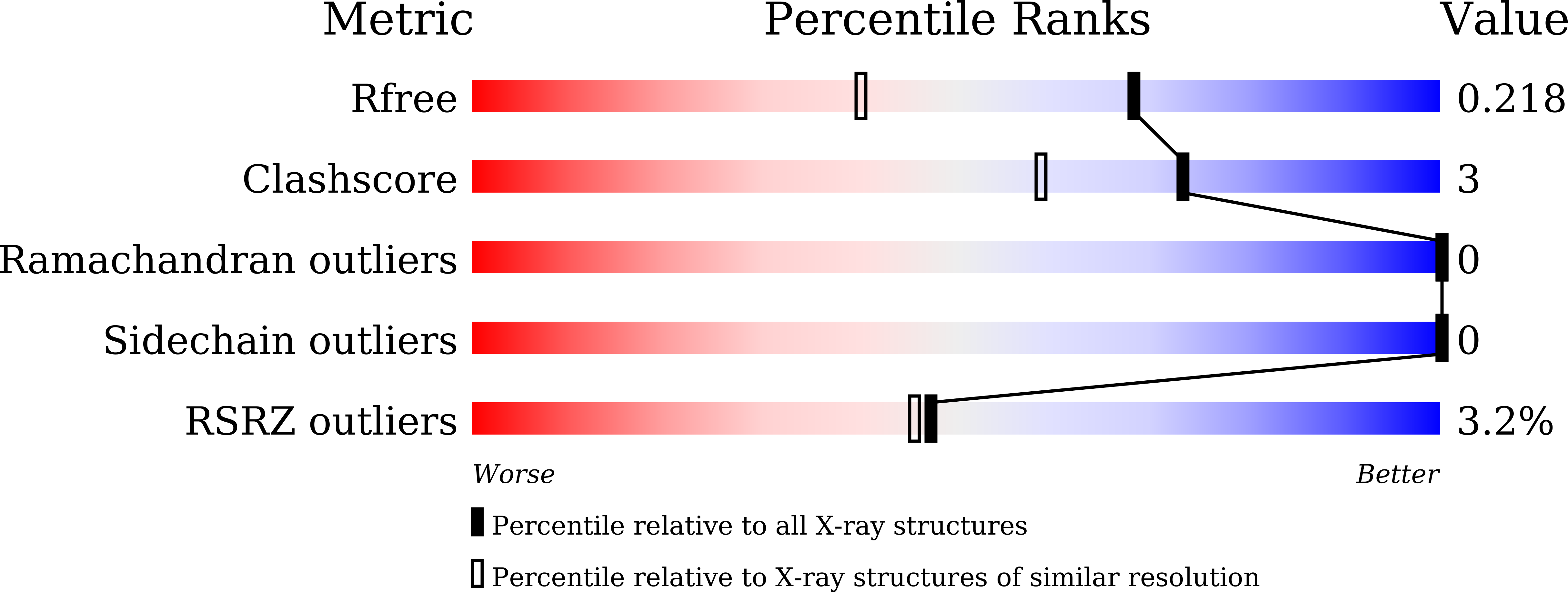
Deposition Date
2020-09-08
Release Date
2021-07-14
Last Version Date
2024-11-13
Entry Detail
Biological Source:
Source Organism:
Lama glama (Taxon ID: 9844)
Homo sapiens (Taxon ID: 9606)
Homo sapiens (Taxon ID: 9606)
Host Organism:
Method Details:
Experimental Method:
Resolution:
1.64 Å
R-Value Free:
0.18
R-Value Work:
0.14
R-Value Observed:
0.15
Space Group:
P 1 21 1


